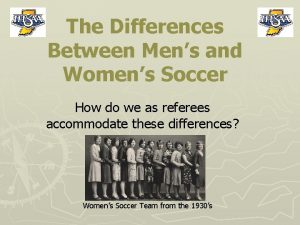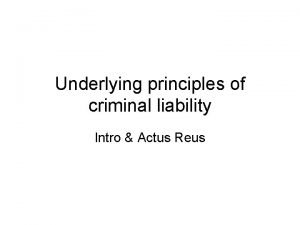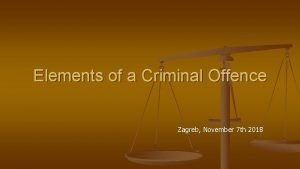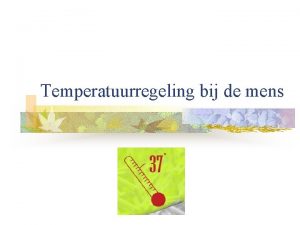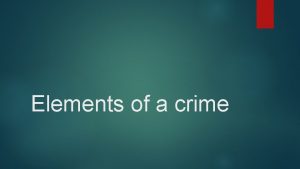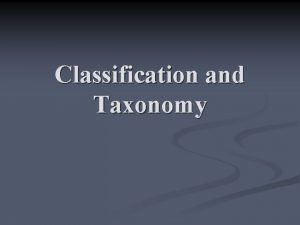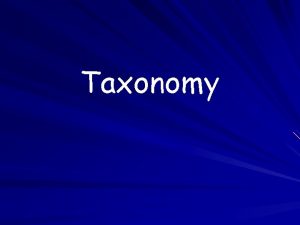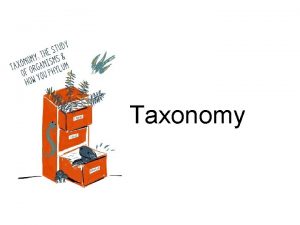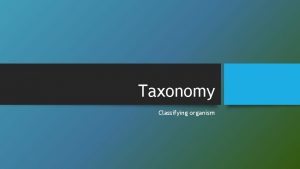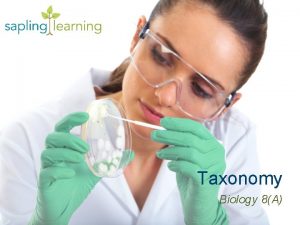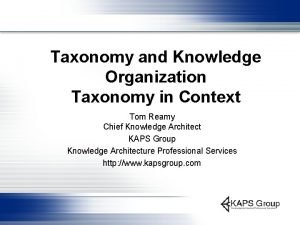A Taxonomy of Model Transformation Tom Mens and











- Slides: 11

A Taxonomy of Model Transformation Tom Mens and Pieter Van Gorp ENTCS 2006 Presented by Ramy Shahin 1

Definitions • a taxonomy is “A system for naming and organizing things [. . . ] into groups which share similar qualities” (Cambridge Dictionary). • a model is a simplified representation (or an abstract description) of a part of the world named the system. • A transformation is the automatic generation of a target model from a source model, according to a transformation definition. • A transformation definition is a set of transformation rules that together describe how a model in the source language can be transformed into a model in the target language. • A transformation rule is a description of how one or more constructs in the source language can be transformed into one or more constructs in the target language. 2

Example 1 3

Example 2 4

Number of Sources and Targets 5

Endogenous vs Exogenous • Endogenous: between models expressed in the same language • Optimization • Refactoring • Simplification/Normalization • Exogenous: between models expressed in different languages • Synthesis (code generation) • Reverse Engineering • Migration (porting) 6

Other Criteria • Horizontal vs Vertical • Syntactical vs Semantical • Technical Space 7

Model Transformation Characteristics • Level of Automation • Low: requirements document --> analysis model • High: optimization, synthesis • Complexity • Low: refactoring • High: code generation • Preservation • Behavior • Syntactic well-formedness 8

Language/Tool Criteria • Create/Read/Update/Delete (CRUD) • Suggest transformation applicability • Transformation reuse/customization • Testing and validation of transformations • Dealing with incomplete/inconsistent transformations • Composing/decomposing transformations • Declarative vs imperative transformation language • Transformation bidirectionality • Supporting traceability and change propagation 9

Language/Tool Quality Requirements • Usability – intuitive and efficient to use • Verbosity vs Conciceness • Performance – interpreted vs compiled • Extensibility – plugin frameworkds • Interoperability – with other tools • Standardization – XML, XMI, MOF, UML, etc… 10

Discussion • Is this a good taxonomy paper? • Any metrics for the quantifiable criteria (e. g. performance)? • Any benchmarks that would help in the classification? • Workflows of transformations 11



